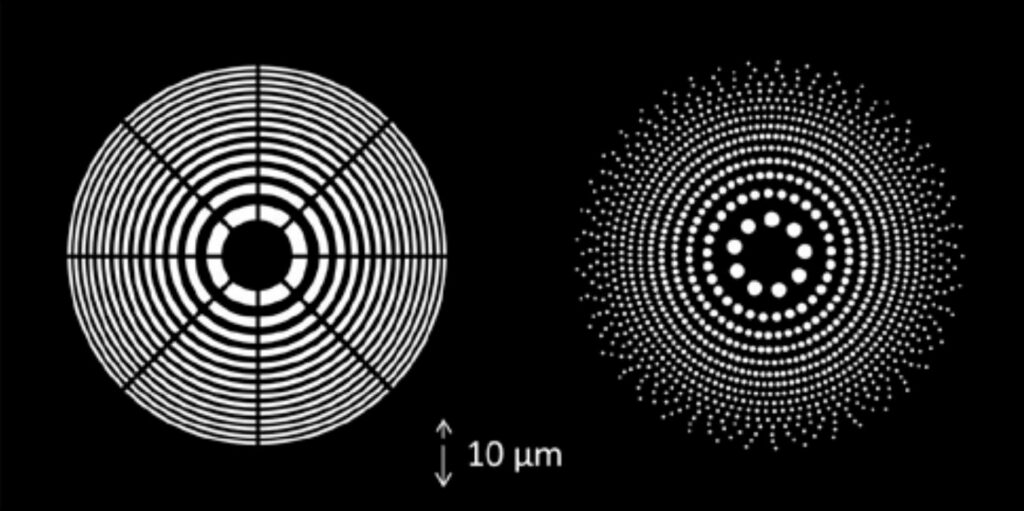The QUASAR Group, based at the Cockcroft Institute/University of Liverpool, and UHV Design Ltd (UHVD), a leading specialist in UHV motion and heating products, have formed a new partnership that is advancing the world’s next generation of charged particle beam profile diagnostic methods for accelerators and light sources.
Through the agreement UHVD will gain access to a supersonic gas jet-based beam profile monitor setup at the Cockcroft Institute. This will support the development of a new type of quantum jet profile monitor. Meanwhile, for the QUASAR Group, the partnership provides important technological support in terms of an UHV xyz-manipulator, provided by UHVD, as one of the key components for a “wire” scanner made out of a quantum gas jet.

A quantum gas jet monitor is a device for beam diagnostics based on the principle of ionization detection induced in a thin pencil gas jet interacting with an ionizing primary beam that shall be characterized. The highly focused pencil gas jet is then moved through the beam to measure its profile.
This device will be analogous to a mechanical wire scanner, but will be minimally interceptive and hence not affect the main beam. It promises superior position resolution and high signal intensity resulting from the strongly focused gas stream.
In order to achieve a thin gas jet with a diameter of less than 100 μm, a novel focusing method will be applied which exploits the quantum wave function of the neutral gas atoms to generate an interference pattern with a single maximum acting as ultra-thin gas jet. An ‘atomic sieve’ has been designed for generating the interference pattern, applying the principle of a photon sieve to quantum-wave focusing. It consists of more than 5,000 holes with diameters ranging from 80 nm to 1.5 μm. The holes are etched into a 2 μm membrane of silicon nitride placed on a Silicon Wafer. Initial measurements are planned for later in 2020.
